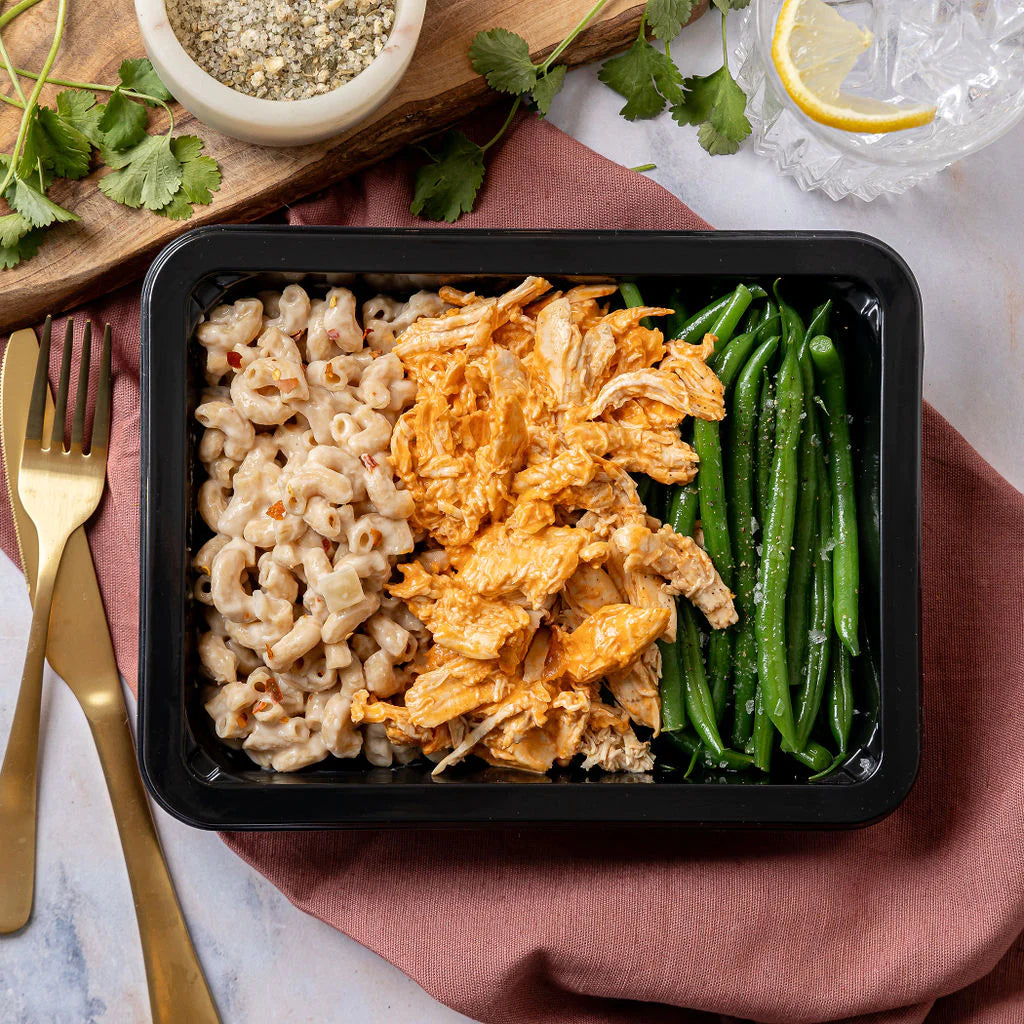In the world of fitness, we often think cutting calories is the key to weight loss. But what if there was an approach that proved to be more sustainable, effective, and enjoyable?
Enter Reverse Dieting. Unlike traditional diets, it aims to boost your metabolism, promote lasting weight management, and improve your relationship with food. If you find yourself caught in the frustrating cycle of restrictive diets with diminishing returns, consider giving reverse dieting a shot - it could be the key to finally achieving your fitness goals.
Disclaimer
It’s important to note that reverse dieting is not a diet in the traditional sense of the word. We don’t believe in diets at fit-flavors; instead, reverse dieting is about how you eat, and your general attitude towards food. You can apply reverse dieting to any diet you prefer (bonus points if it’s portion-controlled and nutritionally balanced).
How Does it Work?
The main point of emphasis in reverse dieting is to gradually increase your calorie intake. It seems counterintuitive - we’ve all been told that eating less leads to weight loss, right? Maybe not - especially in individuals who have been restricting calories for an extended period of time. If this applies to you, here’s how reverse dieting could positively influence your health:
- Prolonged calorie restriction can lead to a decrease in basal metabolic rate (BMR), the number of calories your body needs at rest. Gradually increasing calories signals to the body that it is no longer in a state of scarcity, raising your BMR, and therefore raising the number of calories you burn at rest.
- Rapid weight loss often results in the loss of both fat and muscle mass. Muscle mass is more metabolically demanding than body fat, so preserving (and gaining) it will allow you to raise your BMR.
- Calorie restriction typically leads to nutrient deficiencies due to reduced overall consumption. By allowing yourself more room to eat a balanced and varied diet, you will replenish essential vitamins and minerals you may be lacking.
- Restrictive dieting is inherently problematic in that it creates a negative connotation around food. Instead of living in a “starvation” mindset, you will find yourself thinking about food as a way to “build” your body and mind. This is an incredibly powerful mindset shift that will make healthy living sustainable and enjoyable.
How To Start
- Calculate your maintenance calories
- Consume 300-400 calories over maintenance for a period of 3-4 weeks
That’s it! Make sure to apply the 80/20 rule - eating healthy, nutritionally balanced meals 80% of the time and indulging in what you want the other 20% - as you increase your calories. You won’t see the benefits of a calorie surplus if they all come from highly processed, inflammatory foods.
The End Result
With these new benefits at your disposal, you can go any direction you’d like - if you lift weights and want to continue gaining muscle, maintain a slight calorie surplus! If you’re more interested in slimming down, reduce your calorie intake back down to maintenance. The high metabolism you’ve cultivated by reverse dieting will allow you to slim down much more effectively than before! Either way, you will enjoy improved physical and mental health by giving reverse dieting a shot. And of course, eating fit-flavors is a great way to start:
Shop Now




